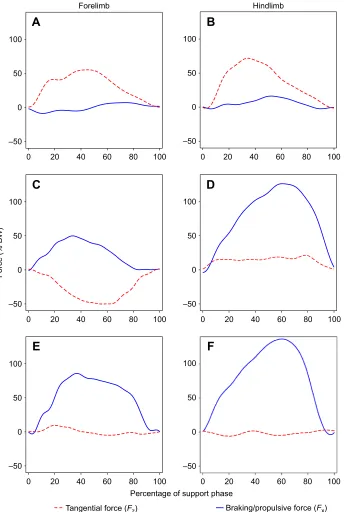The evolution of vertical climbing in primates: evidence from reaction forces
Full text
Figure




Related documents
calculEltions based on the numerical integration of the coupled equations of the two-state ap:proximation, show that for the systems for which pseudo-crossing of
Given the above-described results, the high power of this study, and the cost of ipratropium, the addition of nebulized ipratropium in moderately severe bron- chiolitis
We show via experiments that by com- bining feature engineering with embedding learning, our method can outperform CBOW using only 10% of the training data in both the standard
Skull edge detection is made difticult due to the partial volume effect, strong edges between muscle and scalp, the thin appearance of the skull in the temporal region and
Primary: To test the effect of a face-to-face structured patient-specific smoking cessation program delivered by trained ambulatory pharmacists on smoking cessation rates in
The title compound, (I), alternatively called bicyclo[2.2.1]- hept-2-ene- trans -5,6-dicarboxylic acid, has been studied as part of a series of small-molecule models of organic
In the crystal, the molecules lie parallel to the b axis, the longest axis, forming layers with thickness b /2 in which the long axis of the molecule is normal to the layer plane..
We detected the NLRP3, IL-1β and NF-kB gene expression by RT-PCR and protein S100B expression by ELISA; Results: The IL-1β antibody could cross the brain blood barrier (BBB),



